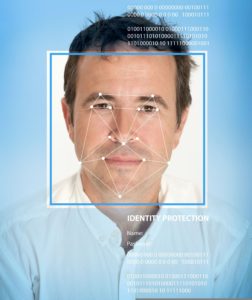
Facial recognition technology is just another tool authorities in Hennepin County are using to solve crimes, but the possibility of abuse is leading some to question the tech.
You’ve probably seen similar facial recognition programs on your favorite crime dramas on TV. Formally known as Image Identification Technology, the device works by identifying thousands of points on a person’s face, analyzing the smallest details about the shape of a person’s lips, the curve of their brow or the width of their eyes. The device then runs the scan through a list of known drug dealers, robbers and conventional criminal suspects, taking about 30 minutes to find a potential match.
Facial Recognition Technology in Minnesota
The Hennepin County Sheriff’s Office first began using the software back in 2013, but the public is really only learning about its use now. The Sheriff’s Office received a court order to release details about the technology after software engineer Tony Webster inquired about the technology.
“I was surprised to learn they had been using the technology for three years and there was no public disclosure about it,” Webster said. “I don’t think Minnesotans would be against the technology, but its going to be a big issue to watch.”
The Sheriff’s Office issued a statement saying that they stayed mum about the technology in order to stay a step ahead of criminals, said Hennepin County Sheriff Rich Stanek. He also sought to dispel the myth that the department gathers photos of unsuspecting citizens to add to their database.
“We attempt to match unknown criminal suspects to a database of public Hennepin County booking photos, which are public information,” he said. “In the sheriff’s office, we do not gather or retain photos real-time from cameras in the community. [This is not] real-time automatic facial recognition to create a database of everywhere you go.”
The Sheriff’s Office received over 80 requests for assistance with facial recognition from other law enforcement agencies last year, and nearly half of those cases put through the software have resulted in an identification.
Stanek understands why some may view the technology as intrusive, but he noted that the images in the database are public, and people do not have a reasonable expectation of privacy if they are videotaped in a public place, so he stands behind the technology.
“The mug shots that are used to compare images are public. and people can’t expect a right of privacy if they are videotaped by a camera in a public space,” he said. “The technology is no magic bullet for identification, but it can certainly point you in the right direction.”





